With over six million inhabitants in its metropolitan area, the Spanish capital is, after Paris, the second most populous city in the European Union. Because of its sheer size, we can tell you right off the bat that visiting Madrid in one day alone is going to be hard, if not impossible. After all, this city is famous for having some of the world’s best and most extensive collections of European art. That said, one day can be enough for a first taste of the city.

The good news is that despite its large size, most of Madrid’s must-see attractions are located in its centermost neighborhoods. In addition, the city has an excellent transportation system, and its center is flat enough to walk everywhere easily.
What to See in Madrid in One Day
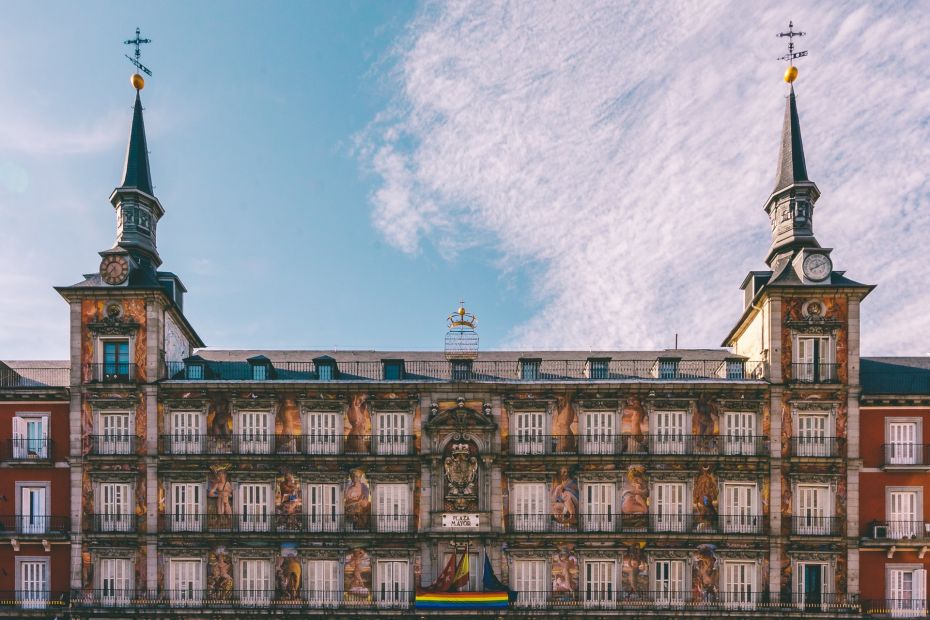
If you only have 24 hours in Madrid, start your tour in the neighborhood that marked Madrid’s transition from obscure Muslim-era settlement to the epicenter of Europe’s most powerful empire: Madrid de los Austrias. In the heart of the city, this area features historical attractions spanning the 16th to 18th centuries, including the famous Plaza Mayor and Puerta del Sol.
Breakfast
Start your day with the good breakfast you’ll need to keep up with this 24-hour tour of Madrid’s main attractions.
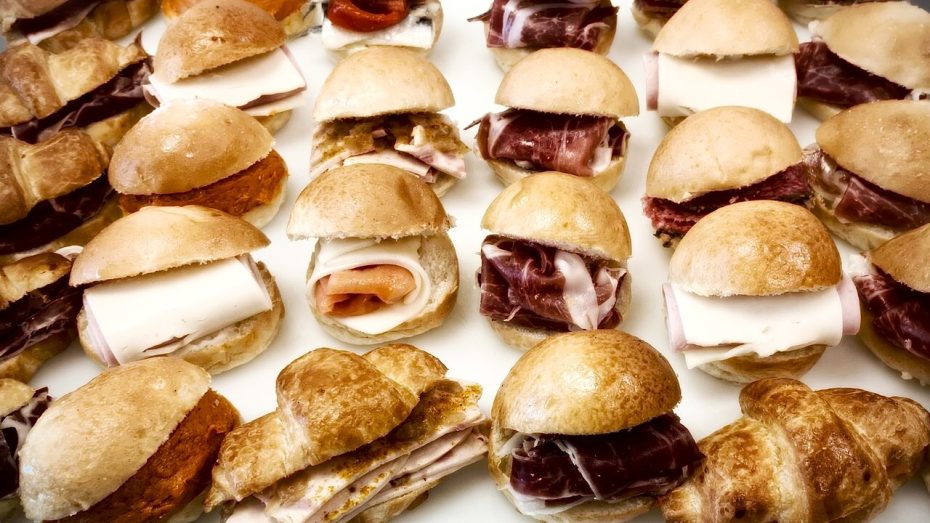
Most Madrileños start their day with a small breakfast that includes a bun and a coffee, enough to get energy in the morning, and then have something more substantial, such as a sandwich, at 10:00 or 11:00. Remember that in Spain, lunchtime does not start until 2 p.m.
The historic city center is full of local bars and cafes, perfect for a Madrid-style mini-breakfast. Probably the most famous one is Pastelería La Mallorquina (Puerta del Sol, 8). With an unbeatable location on Puerta del Sol, this Madrid institution serves all kinds of sweet breakfasts with artisanal pastries and savory classics like tostas and sandwiches. For a heartier option, you can head to the nearby Hotel Pestana Plaza Mayor (Calle Imperial, 8). You can’t miss their brunch if you’re in Madrid on a weekend.
Morning: Explore the historic center of Madrid
Compared to other Spanish cities, Madrid is relatively new. Although the origins of the city date back to the ninth century, it was in the sixteenth century that Madrid became the seat of the courts and capital of the kingdom.
The new capital experienced rapid growth and an ambitious renovation and reorganization plan. Madrid de los Austrias was born. Probably the most important attraction in the historic center of Madrid is the famous Plaza Mayor, a majestic porticoed plaza presided over by the statue of Philip III with terraces, stores, and luxury hotels.
Nearby, Casa de la Villa, on the namesake square, offers a view of 17th-century Madrid. The Casa de la Villa served as the seat of the city council from 1631 until well into the 21st century, when the consistory moved to the Palacio de Cibeles on the Paseo del Prado.
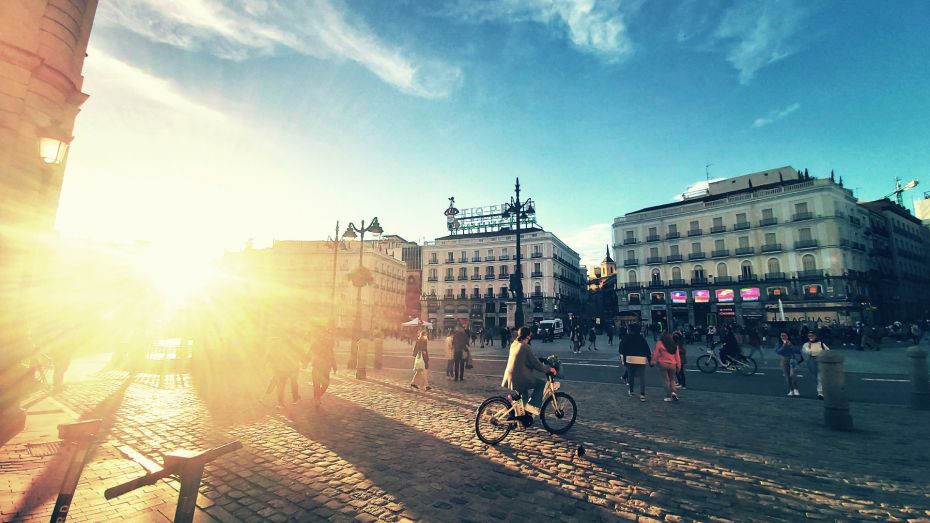
Calle Mayor connects the vicinity of the square and Puerta del Sol, Madrid’s political, commercial, and transportation epicenter. In this vibrant square, you’ll find some of the most recognizable icons of the city, such as the sculpture of “El Oso y el Madroño,” the neon sign of Tío Pepe, the plaque of “Kilometer Zero” of the Spanish radial roads, the monument to Carlos III and the subway and train stations.
Historic San Miguel Market, dating from the late 19th century and Art-Nouveau in style, has recently been renovated to become a high-end gastro market with stalls and restaurants serving local food and various delicacies.
Noon: Enjoy tapas or a traditional meal
Surely, after touring the historic center of Madrid, you’ll be quite hungry. Well, we are sorry to inform you that if it is not yet 1:00 p.m., many restaurants still do not serve food. If this is the case, the best thing you can do is have a sandwich, and there is no more madrileño sandwich than a calamari sandwich. One of the best places to try this local specialty is Bar La Campana (Calle de las Botoneras 6). If seafood isn’t your thing, an Iberian ham sandwich at Museo del Jamón (C. Mayor, 7) is also a very Madridian experience.
If you have managed to wait until Spanish lunchtime, then your options increase considerably.
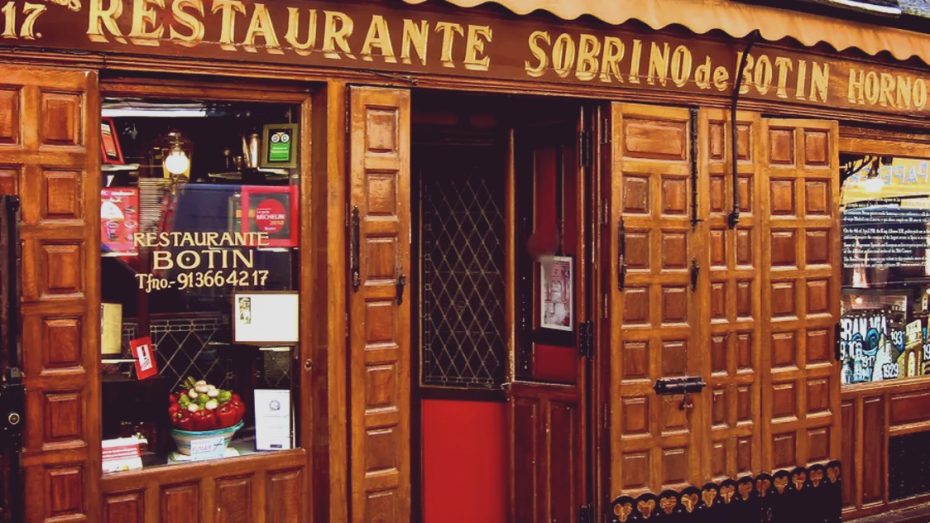
Madrid has the oldest continuously operating restaurant in the world. Opened in 1725, Restavrante Botín (Calle de los Cuchilleros, 17) is famous for its roast suckling pig, which was mentioned by Ernest Hemingway in his novel Death in the Afternoon. If a roast suckling pig sounds too heavy for an afternoon of walking, we have a word for you: tapas. While Madrid’s center is packed with tapas restaurants, the Mercado de San Miguel offers the Madrid experience in an art-nouveau market.
Afternoon: Gran Vía, Royal Palace & gardens
With a full belly, it becomes easier (or harder, depending on the amount of food) to face the second part of the day, which, as expected, comes loaded with more walking tours to see as many attractions as possible in one day in Madrid.
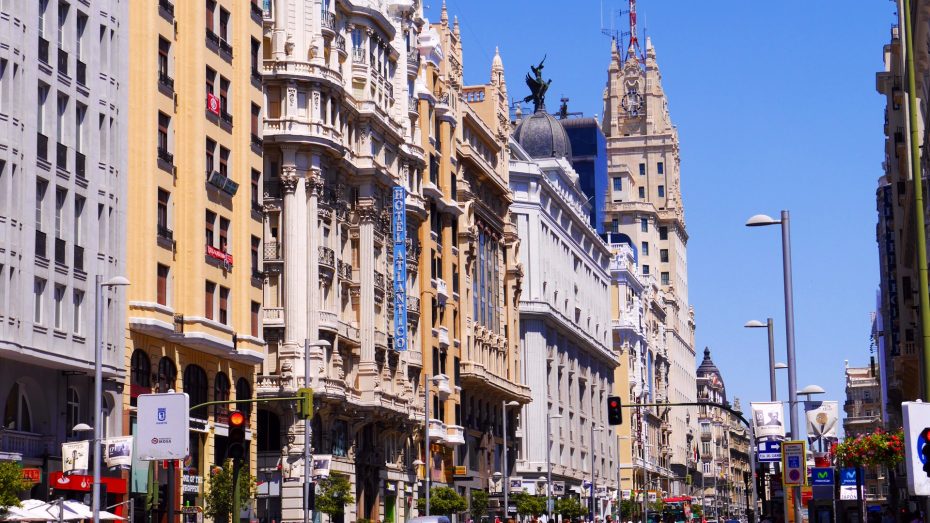
We start the second part of the tour on Gran Vía. This central thoroughfare inaugurated in 1911, marked the transformation of Madrid into a modern metropolis. With a cosmopolitan character, the Gran Vía is broadly inspired by the wide avenues built at the time in America. It is no coincidence that the English translation of its name is literally Broadway. This urban planning experiment, which led to the demolition of much of the historic city center, gave Madrid some of Spain’s best examples of modernist, deco, and rationalist architecture.
Almost two kilometers long, Gran Vía is Madrid’s main shopping street. It is easy to discern the evolution of different architectural styles in its layout from east to west. At its western end, the recently renovated Plaza de España is surrounded by some of the best hotels with views, such as RIU Plaza España, whose panoramic terrace is open to the public.

After visiting the RIU viewpoint, you can explore the narrow streets of the nearby Conde Duque neighborhood, including the Centro de Cultura Contemporánea Conde Duque, which, housed in a former barracks, has temporary exhibitions of modern art, photography, and social issues. Plaza de las Comendadoras, and in particular the Café Moderno, is an excellent place to have a coffee in one of Madrid’s alternative areas from its terrace.
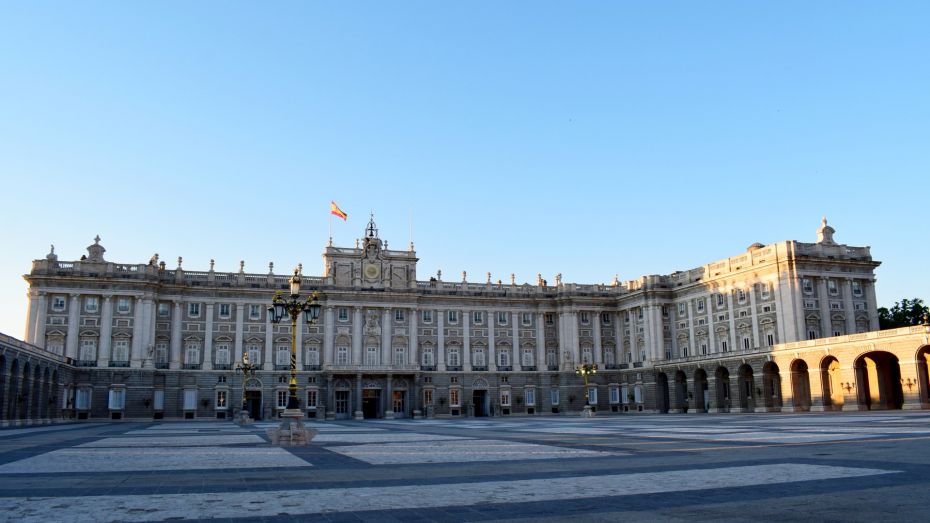
A few meters south of Plaza España is the Palacio Real de Madrid. This elegant building was built in the 18th century on the site of the former Alcazar of Madrid, a medieval fortress-turned-palace that Philip II transformed into the official residence of the kings of Spain in 1561. Today, the palace is used exclusively for state ceremonies and official acts, as the royal family currently lives in the Zarzuela Palace. The palace is surrounded by Parque del Campo del Moro and the Jardines de Sabatini.
Sunset: Temple of Debod
There are two interesting facts about Madrid we haven’t mentioned so far; the first is that its sunsets are spectacular, and the second is that the city is home to an Ancient Egyptian temple. The Temple of Debod dates back to the 2nd century BCE and was donated to Spain by the Egyptian government in the late 1960s. It was moved stone by stone from its original location near Aswan to its site on the edge of the Parque del Oeste, very close to Plaza España and the Royal Palace.

Su ubicación en la cima de una colina y las impresionantes vistas del centro de la ciudad lo han convertido en uno de los miradores más populares de Madrid, especialmente al atardecer.
In the evening: Tapas and cocktails on a terrace
To close this Madrid one-day itinerary, nothing beats enjoying a small glimpse of the city’s legendary nightlife from above and dining with spectacular views of the Gran Via and the city center. One of the best spots to dine in style in the capital is Hotel Indigo Madrid, which offers unbeatable panoramic views of the city, especially at night.
Conclusion
This has been our little summary of things to see in Madrid in one day. You may have noticed that despite mentioning the impressive art collection in the Prado and the Golden Triangle of Art above, we didn’t include any museums. The reason is clear: A one-day visit to Madrid does not leave enough time to see the wonders of the Prado or the Reina Sofia. Visiting either of these two museums would take you two, three, or five hours, and if it’s your first trip to Madrid, there simply aren’t enough hours in the day to properly visit them.
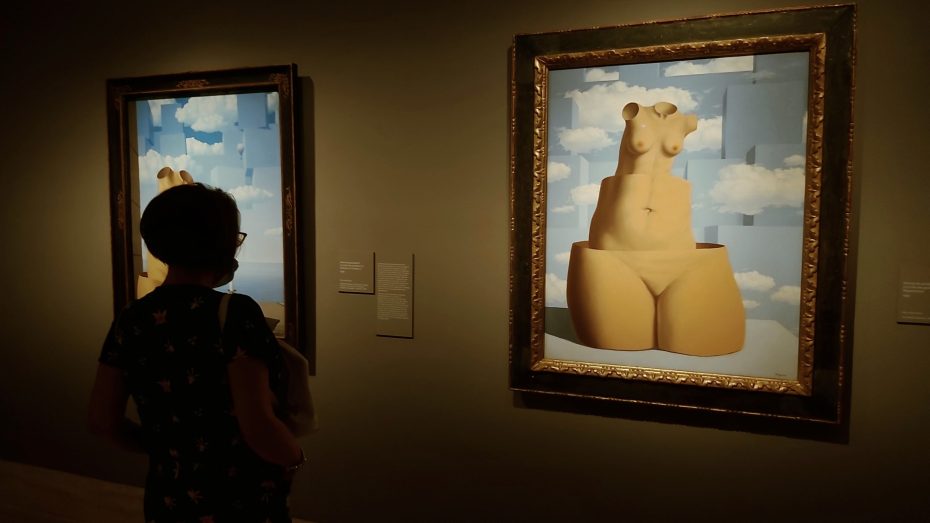
That said, if a cultural visit is a must on your day trip to Madrid, we suggest visiting the magnificent Museo Nacional Thyssen-Bornemisza. This iconic Madrid institution, much smaller than El Prado and the Reina Sofia, offers a collection of paintings and sculptures from the 13th to the 21st century and includes works by masters such as Van Eyck, Dürer, Caravaggio, Rembrandt, Canaletto, Monet, Degas, Morisot, Van Gogh and Gauguin. You can get skip-the-line tickets here.



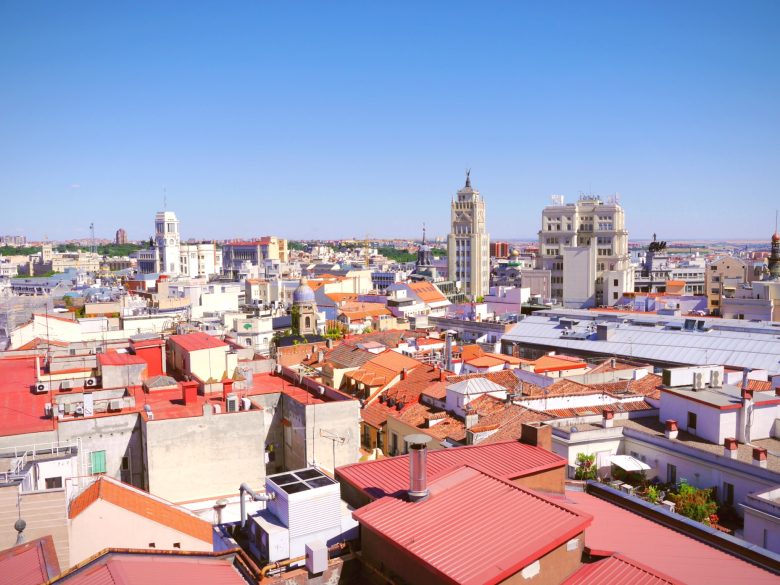

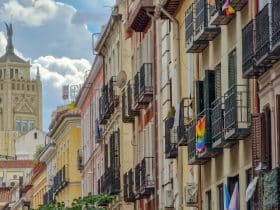




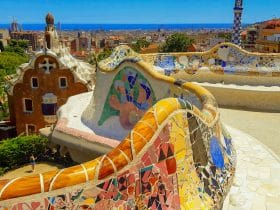


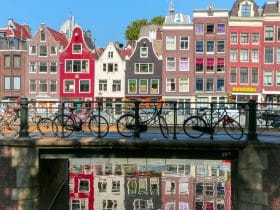
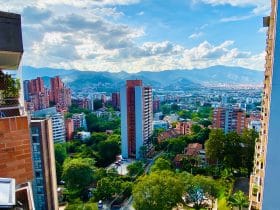

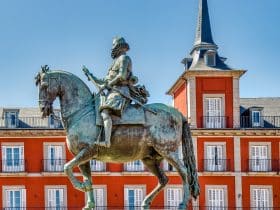
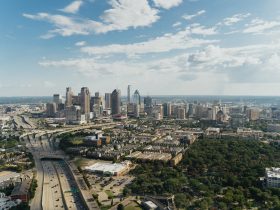
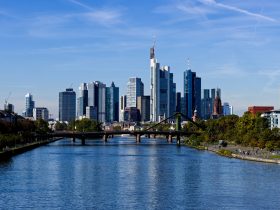



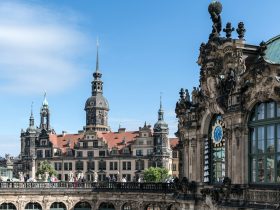

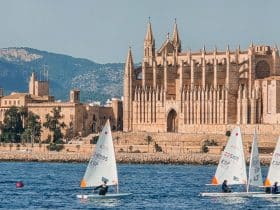
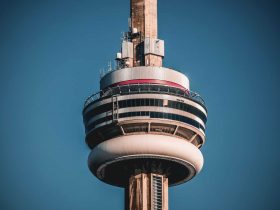
Leave a Reply
View Comments